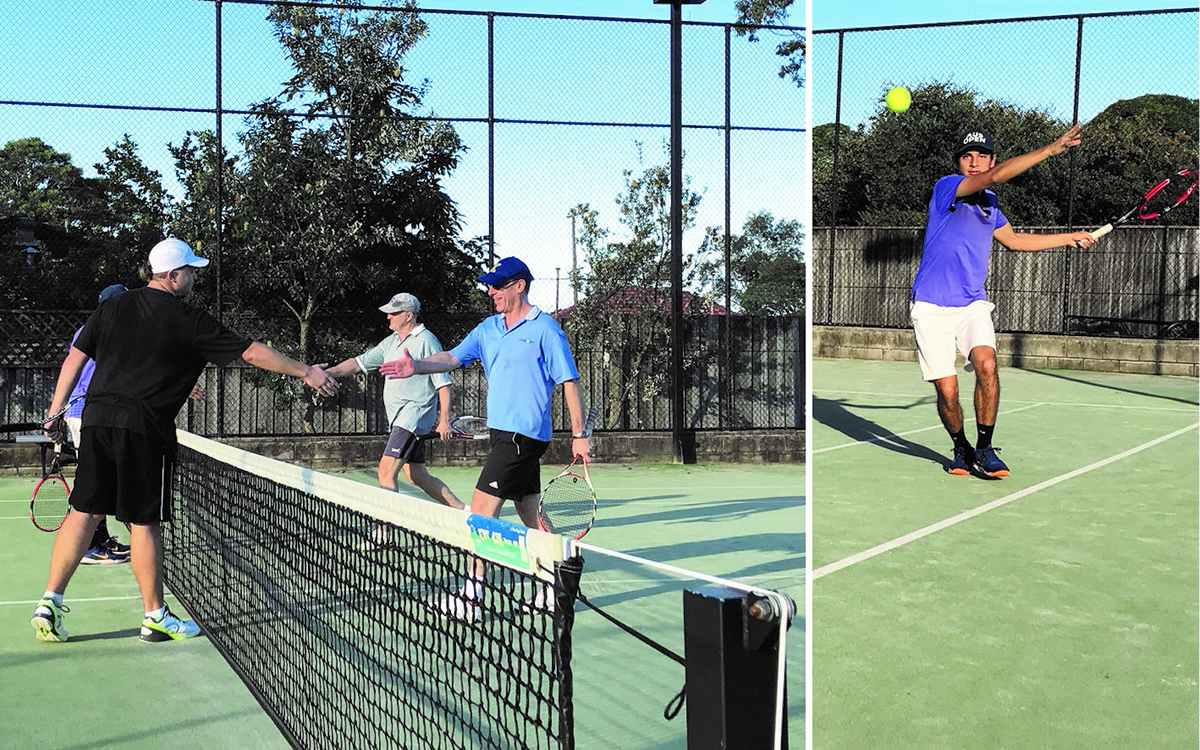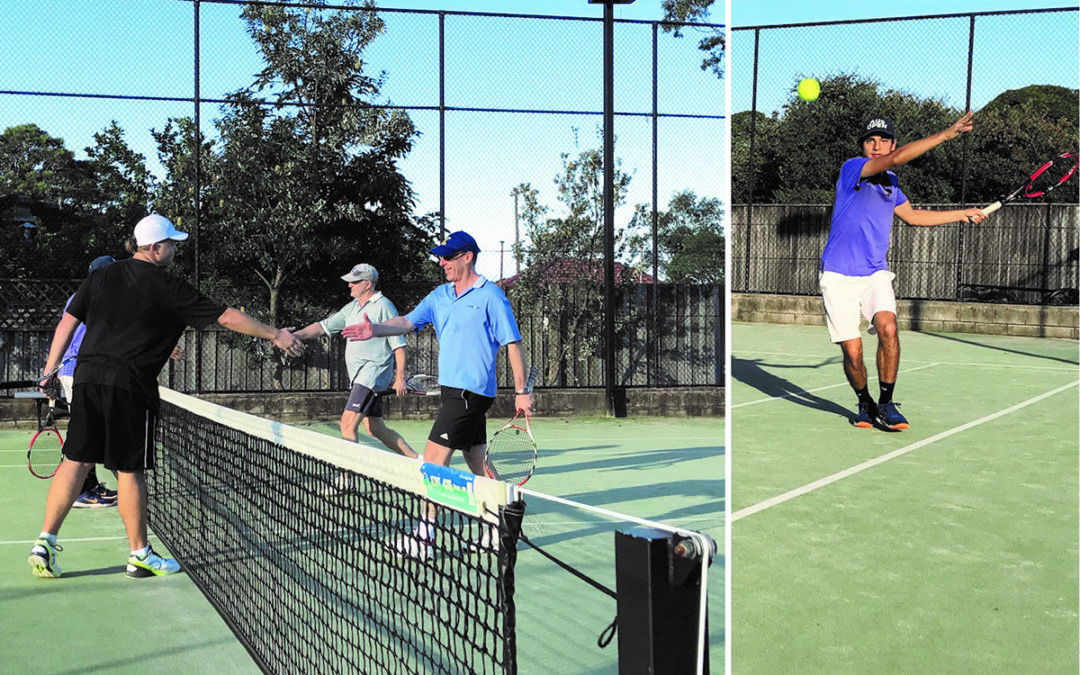One of the most common breaches of tennis etiquette, even though in most cases it is unintentional, is to serve the ball before the receiver is ready.
It happens because the server is preoccupied with what he/she is about to do, and simply doesn’t look to see whether the receiver is in position. Sometimes the receiver may need time to move into position after clearing a stray ball of the court, adjusting his/her clothing or simply composing him/herself.
In my experience, maybe about 20% of all players will at least occasionally serve before their opponents have had a chance to fully prepare themselves. However, it is comparatively rare (but not unheard of) for receivers to take excessive time to get ready.
What the rules say
The Tennis Australia website [ www.tennis.com.au/learn/rules-and-scoring/etiquette ] contains some fairly brief and informal guidelines on tennis etiquette, and says the following about serving:
“Before you serve, make sure your opponent is ready to receive. While the rules say you should take no more than 20 seconds between points, you don’t want to win a point by serving at your opponent’s back”.
We could interpret the above to mean that the server must serve the ball within 20 seconds of collecting it, and the receiver must get into position to receive it within 20 seconds. In cases where a receiver appears to be deliberately wasting time (for example to avoid losing a match when it is close to official finishing time), the server is entitled to remind the receiver of the 20-second rule. However, in the absence of an umpire, neither player can enforce the 20-second rule. The rules of tennis simply state that “the receiver must play to the reasonable [our emphasis] pace of the server”.
Likewise, if a server is deliberately holding up play by taking much longer than 20 seconds to serve, the receiver is entitled to issue a warning but, without an umpire, cannot claim a point if the delays continue.
In most situations, recommended practice is simply to look at your opponent when you are ready to serve and make sure that he/she is also ready. Recommended practice for a receiver who is being “rushed” is to hold up his/her hand until he/she is ready. If a player is unaware that he/she is serving before the opponent is ready, or chooses to ignore the hand signal and serve anyway, the opponent should politely mention it and ask him/her to check that opponents are ready in future.
Avoid many unhappy returns
Another important piece of etiquette related to serving is that if a first serve is a fault, the receiver should avoid hitting the ball back towards the server if at all possible. If the ball lands close to a line, sometimes you will have no option to hit it because you are unsure whether it was a fault. For example, you need to see the mark on the court before making the call. In the latter case, you or your partner should call “fault” as soon as you are sure – don’t wait until you see whether the return was good or not – and apologise for having hit the ball.
If a ball is obviously a fault, either let it go past or move it gently to a position off the court. Do so quickly so that the server is not inconvenienced.











